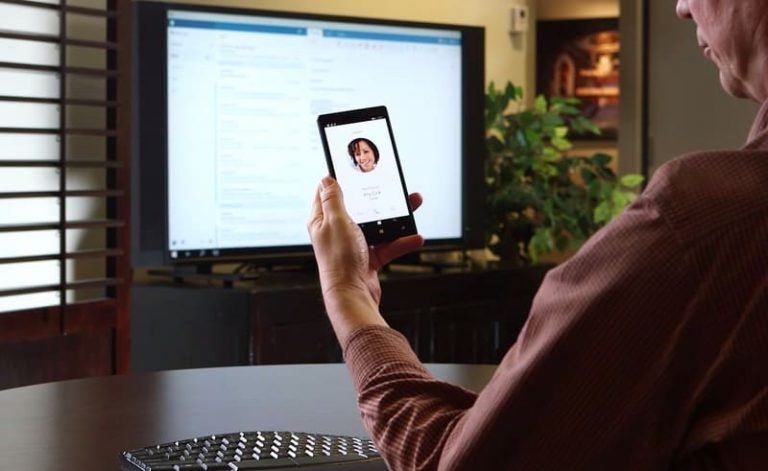Even if you went about purchasing a Lumia 950 or a Lumia 950 XL, there’s still a fairly good chance that some of you haven’t been using Continuum all that much. The feature, still somewhat in its infancy, is still currently being worked on with new improvements on the way. If you aren’t satisfied by Continuum – or any other Microsoft service – as it stands now, you may want to take a look over to Microsoft’s Windows 10 roadmap webpage, which is there to show off some of the things Microsoft has in the pipeline.
Here’s what they have in the works for Continuum:
- Touch screen support: Touch input will be supported when connecting a Continuum-compatible phone to a touch monitor.
- Laptop-like accessory support: Get support for a new accessory form factor that looks like a lightweight and low-cost laptop, but without any CPU or OS. When paired with a Continuum-compatible phone, it will allow you to use your phone like a laptop.
- Projecting on PCs: Instead of only projecting a Continuum for phone experience on unconnected monitors, a Continuum-compatible phone can connect to monitors/screens that are connected to Windows 10 PCs. Connection above the lock screen, as well as behind the lock screen, are supported.
- PC to PC casting: Cast your Windows experience from one PC to another PC.
- Remote display experience (Name subject to change): Puts a display on every “display less” device, so users can seamlessly control Windows 10 IoT Core applications from any Windows 10 desktop PC, tablet, or phone*. In addition, the technology allows Windows 10 IoT Core devices to use remote sensor readings from any connected Windows 10 device.
Continuum is going to be getting a lot more functionality in the future, assuming all of the things here from the roadmap end up actually getting pushed out to a final release. Beyond improvements to Continuum with phones, the addition of direct PC to PC communication utilizes the idea behind Continuum in a way that many more users will be able to make use of. The Remote Display Experience also offers a new way of looking at IoT devices, which could help IoT make significant strides.


